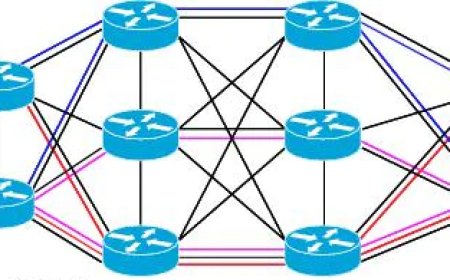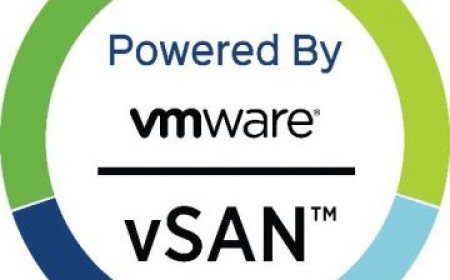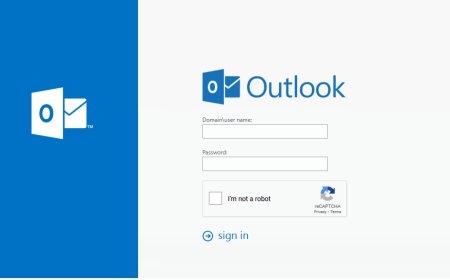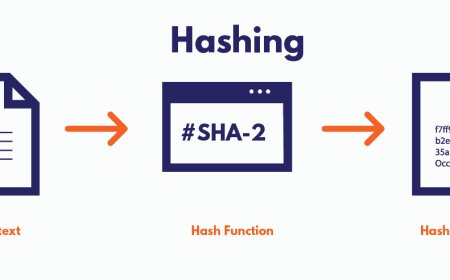SYSLOG vs SNMP Explained
SNMP and SYSLOG are two distinct protocols that serve different purposes in network management and monitoring. While they may share some similarities, there are significant differences between them. This article provides information about SYSLOG and SNMP.

SYSLOG
Syslog is a standard protocol used for forwarding log messages in computer networks. It is used to manage and monitor various events that occur within a system, including security events, system failures, and general system activities.
The syslog protocol consists of a set of messages and rules that define how log messages are generated, transmitted, and received by various devices in the network. These messages are categorized into different levels of severity, such as debug, info, warning, error, and critical. The severity level indicates the importance and urgency of the message.
One of the significant features of syslog is its ability to store log messages in a centralized location, known as a syslog server. This allows system / network administrators to monitor and manage the system's logs in real-time, reducing the need to check each device individually. This centralized approach also makes it easier to troubleshoot issues and identify patterns of activity across the system.
Another important feature of syslog is its ability to be customized to meet specific requirements. Administrators can configure syslog to capture specific events, exclude certain types of messages, or filter messages based on keywords or patterns. This flexibility enables system administrators to focus on critical events and avoid being inundated with irrelevant or unnecessary log messages.
In conclusion, syslog is a critical protocol used to manage and monitor log messages across computer networks. Its ability to centralize log messages, customize filters, and its numerous applications make it an essential tool for system / network administrators. As networks continue to grow and evolve, syslog will remain an important protocol for ensuring the security, stability, and reliability of computer systems.
SNMP
Simple Network Management Protocol (SNMP) is a standard protocol used for managing and monitoring network devices. SNMP is used to gather information about network devices, including routers, switches, servers, and printers, and to monitor their performance and status. In this essay, we will discuss the basics of SNMP, its features, and its applications.
SNMP is designed to allow network administrators to manage and monitor devices in a network remotely. It does this by providing a standardized set of commands that can be used to communicate with network devices. SNMP works by sending requests to network devices, which are then responded to with information about the device's status, performance, and configuration.
One of the significant features of SNMP is its ability to be used with different types of network devices. SNMP is not limited to specific hardware or software, and it can be used with a wide range of network devices, including routers, switches, servers, and printers. This makes SNMP a versatile and widely used protocol for network management and monitoring.
Another important feature of SNMP is its ability to use a hierarchical structure to organize network devices. The hierarchical structure is called the Management Information Base (MIB), and it is used to group network devices based on their function or location. The MIB makes it easier for network administrators to manage and monitor devices, as they can quickly locate devices based on their position in the MIB hierarchy.
SNMP has numerous applications in various industries, including healthcare, finance, and government. In the healthcare industry, SNMP is used to manage and monitor medical devices, such as CT scanners and MRI machines, to ensure they are functioning correctly and to detect potential issues before they become critical. In finance, SNMP is used to monitor financial transactions and detect fraudulent activity. In government, SNMP is used to manage and monitor network devices across various agencies to ensure compliance with security policies.
| 0 | Emergency | System unusable |
| 1 | Alert | Immediate action needed |
| 2 | Critical | Critical conditions exist |
| 3 | Error | Eroor conditions exist |
| 4 | Warning | Warning conditions exist |
| 5 | Notice | Normal but significant conditions exist |
| 6 | Information | Informational messages |
| 7 | Debug | Debug messages |
SYSLOG vs SNMP
SNMP and SYSLOG are two distinct protocols that serve different purposes in network management and monitoring. While they may share some similarities, there are significant differences between them.
-
Functionality: SNMP is primarily used to manage and monitor network devices, while syslog is used for forwarding log messages in a network. SNMP can retrieve information about device configuration, performance, and status, while syslog categorizes log messages based on their severity and source.
-
Data structure: SNMP uses a hierarchical structure called Management Information Base (MIB) to group network devices based on their function or location, making it easier to manage and monitor devices. In contrast, syslog messages are categorized based on their severity level and source.
-
Protocol operation: SNMP uses a standardized set of commands, including GET, SET, and TRAP, to communicate with network devices and retrieve information about their configuration, performance, and status. Syslog, on the other hand, uses UDP to send log messages to a centralized log server or collector.
-
Applications: SNMP is commonly used in industries such as telecommunications, IT, and network management, to manage and monitor network devices and systems. Syslog is commonly used in industries such as healthcare, finance, and government, to monitor and manage log messages from various systems and devices.
-
Security: SNMP provides a more secure means of communication between devices and management systems, with authentication and encryption mechanisms built into the protocol. Syslog, on the other hand, does not provide encryption or authentication mechanisms, making it less secure.
Shortly, SNMP and syslog are two different protocols used for different purposes in network management and monitoring. SNMP is primarily used to manage and monitor network devices, while syslog is used for forwarding log messages. SNMP uses a hierarchical structure called MIB to group devices, while syslog categorizes log messages based on their severity and source. SNMP provides a more secure means of communication, while syslog lacks encryption and authentication mechanisms.
|
|
SNMP |
SYSLOG |
| 1 | SNMP allows for remote monitoring of SNMP-Allowable device on network. | SYSLOG is a different protocol that can be used for exchanging log messages of varying degrees of severity to network device capable of receiving syslog messages. |
| 2 | SNMP is used to alert on critical actions, like the mentioned HSRP state changes. | SYSLOG is also collected, which allows me to dig deeper to figure out why the HSRP state change occurred. |
| 3 | SNMP works on Poll – Resource mechanism with SNMP Server polling the device for response on interface/ health /process. | SYSLOG works on PUSH mechanism on end device to send logging information. |
| 4 | SNMP is referred to get real time information. | SYSLOG is generally referred to acquire historical data. |
| 5 | End device configuration can be performed via SNMP set. E.g.: Reboot system | End device configuration cannot be performed via syslog set. |
| 6 | SNMP traps are shared in binary format. | Syslog events are shared in plain text. |
| 7 | Secure | Insecure |
| 8 | Active | Passive |
| 9 | Uses UDP port numbers 161 and 162. | Uses TCP/UDP port number 514 |
HOW TO SELECT WHICH TO USE?
Syslog:
- Log Management: If the primary focus is on monitoring and managing log messages from various systems and devices, syslog is the best choice. Syslog can collect and centralize log messages from various sources, making it easier to manage and monitor log activity in real-time.
- System Event Monitoring: If the focus is on monitoring system events such as security events, system failures, and general system activities, syslog is a better choice. Syslog provides an easy way to categorize and filter log messages based on their severity, making it easier to manage and monitor critical events.
SNMP:
- Network Device Monitoring: If the primary focus is on managing and monitoring network devices such as routers, switches, servers, and printers, SNMP is the best choice. SNMP can collect and provide detailed information about the device configuration, performance, and status.
- Network Management: If the focus is on managing the overall network, including devices and systems, SNMP is the better choice. SNMP can provide a hierarchical structure of network devices, making it easier to manage and monitor the network as a whole.
What's Your Reaction?

























